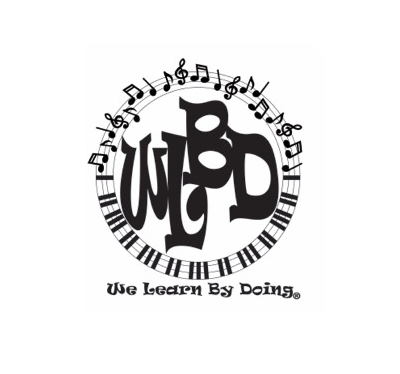Here are a few important reasons shared by many teachers experiences in the past:
- Dancing to music and making music releases stress and energy.
- Music gives children a way to express their emotions. They're full of emotions they can't express, while
dancing around to music and playing rhythm instruments leads to a great way to release their energies.
- Music makes learning fun! Add music to ANY preschool lesson and being creative too, leads children into
exciting and fun ways to produce.
- Learning music teaches listening skills. It encourages the ability to listen and concentrate.
Songs encourage speech and auditory discrimination. Through music, children learn to hear tempos, dynamics, melodies listening for soft sounds, loud sounds, fast paced music and slow paced music.
- Music provides a pleasant background for regular activities.
- Music helps develop children’s language skills by singing songs, playing games, reciting poems and rhymes
which help children develop those well needed early literacy skills. Keeping a steady beat helps develop language. Clapping hands, stamping feet, and
using rhythm instruments in time to music develops important pre-reading skills. Young children recognize words, sounds, rhythms, tones, and pitches long before they talk, sing, or dance. So, the
more music the children have in their lives, the better they will speak and read.
- Music helps develop children's self-esteem. Music is a wonderful way to address the many needs of children because music is non-judgmental. There is no right or wrong. Listening to different types of music nurtures self-esteem and encourages creativity, self-confidence, and curiosity.
- Music helps develop children's math skills. A simple song can include basic math skills such as counting, repeating patterns, and sequencing.
- Music helps stimulate children's brain connections. A recent study from the University of California found that music trains the brain for higher forms of thinking.
- Music and movement go together.
Children naturally respond to music.
...
